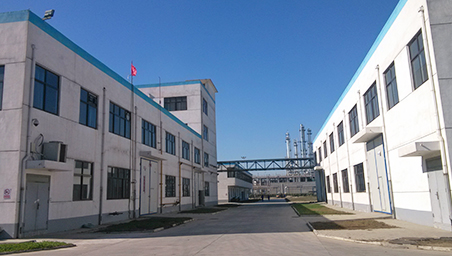
News
Déc . 11, 2024 06:07 Back to list
Synthesis and Applications of Polyaspartic Acid Esters in Modern Chemistry
Polyaspartic Acid Esters Properties, Applications, and Future Prospects
Polyaspartic acid esters are a subset of polyaspartic acid derivatives which have garnered significant attention in various fields, including pharmaceuticals, coatings, and adhesives. Characterized by their unique properties, polyaspartic acid esters offer advantages that set them apart from conventional polymers. This article explores the composition, properties, applications, and future prospects of polyaspartic acid esters.
Composition and Structure
Polyaspartic acid is a biodegradable polymer derived from the amino acid aspartic acid. When esterified, polyaspartic acid forms polyaspartic acid esters, which are characterized by the presence of ester functional groups (-COOR). These esters can be synthesized through various chemical processes, often using alcohols that impart specific properties to the final product. The molecular structure significantly influences the physical and chemical properties of the esters, including solubility, thermal stability, and mechanical performance.
Unique Properties
One of the standout features of polyaspartic acid esters is their excellent biocompatibility and biodegradability, making them suitable for medical applications. They exhibit low toxicity levels, which is crucial when considering their use in drug delivery systems or as scaffolding materials in tissue engineering. Moreover, these esters have a high degree of thermal stability, allowing them to maintain their properties under various environmental conditions.
Additionally, polyaspartic acid esters display impressive adhesion and flexibility, making them ideal candidates for coatings and sealants. Their resistance to UV radiation and moisture further enhances their applicability in outdoor environments. As a result, they can be formulated into high-performance coatings that are both durable and environmentally friendly.
Applications
The versatility of polyaspartic acid esters allows for a broad range of applications
polyaspartic acid ester

1. Coatings and Sealants In the construction and automotive industries, these esters are favorable for producing protective coatings that provide excellent durability and resistance to chemicals and abrasions.
2. Adhesives The strong bonding capabilities of polyaspartic acid esters make them suitable for various adhesive applications, including those requiring rapid curing times and versatility across a range of substrates.
3. Biomedical Applications Due to their biocompatibility, polyaspartic acid esters find applications in drug delivery systems and tissue engineering. Their ability to degrade safely within the body makes them an attractive option for temporary implants and scaffolding.
4. Agricultural Applications These esters can also be utilized in the formulation of biodegradable fertilizers and pesticides, contributing to more sustainable agricultural practices.
Future Prospects
The future of polyaspartic acid esters looks promising as research continues to explore their potential applications. Innovations in polymer chemistry are expected to lead to the development of new formulations with enhanced properties. With the global push towards environmentally friendly materials, the demand for biodegradable and sustainable options positions polyaspartic acid esters favorably within the market.
Moreover, advancements in processing technologies and production techniques are likely to reduce production costs, improving accessibility for a wider range of applications. Collaboration between academia and industry will play a crucial role in optimizing the synthesis and application processes for these versatile polymers.
Conclusion
In conclusion, polyaspartic acid esters represent a significant innovation in the realm of polymers, combining advantageous properties with broad application potential. As industries seek sustainable and high-performance materials, polyaspartic acid esters are well-positioned to meet these demands. With ongoing research and development, we can anticipate even more exciting applications in the near future, solidifying their role in various sectors from healthcare to construction.
-
Polyaspartic Acid Salts in Agricultural Fertilizers: A Sustainable Solution
NewsJul.21,2025
-
OEM Chelating Agent Preservative Supplier & Manufacturer High-Quality Customized Solutions
NewsJul.08,2025
-
OEM Potassium Chelating Agent Manufacturer - Custom Potassium Oxalate & Citrate Solutions
NewsJul.08,2025
-
OEM Pentasodium DTPA Chelating Agent Supplier & Manufacturer High Purity & Cost-Effective Solutions
NewsJul.08,2025
-
High-Efficiency Chelated Trace Elements Fertilizer Bulk Supplier & Manufacturer Quotes
NewsJul.07,2025
-
High Quality K Formation for a Chelating Agent – Reliable Manufacturer & Supplier
NewsJul.07,2025
